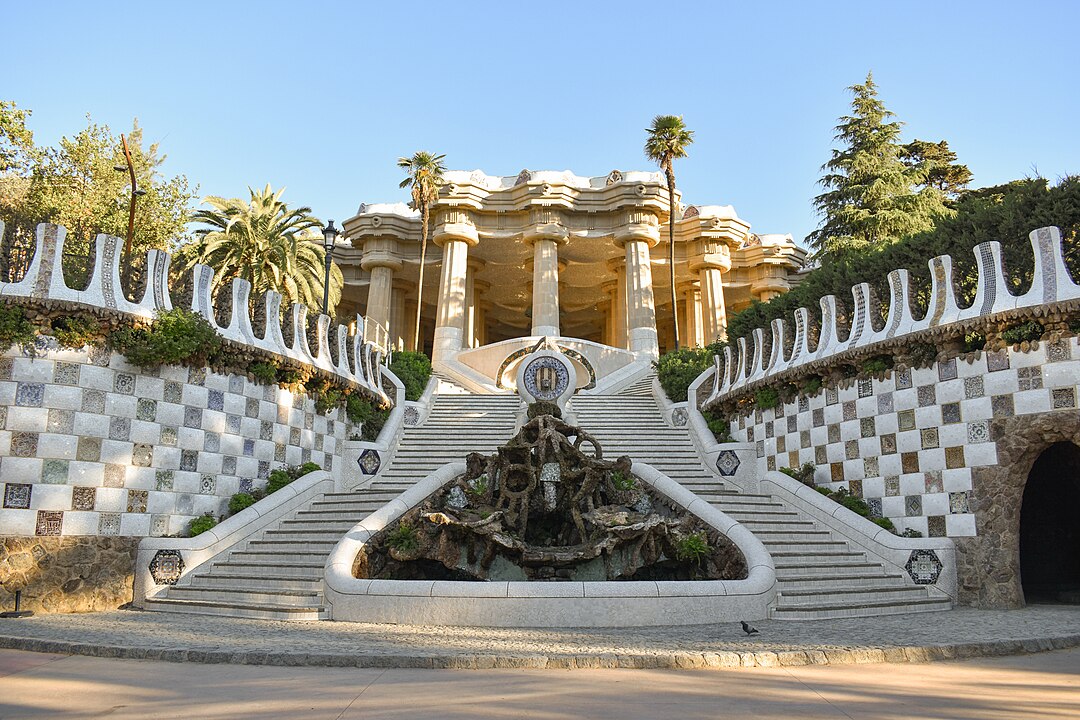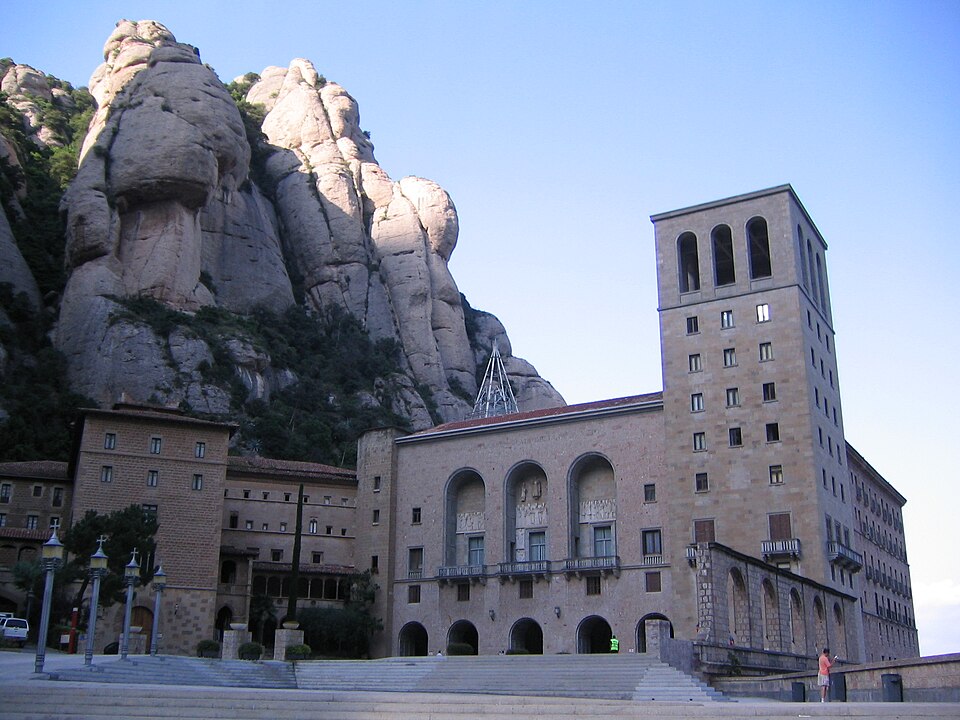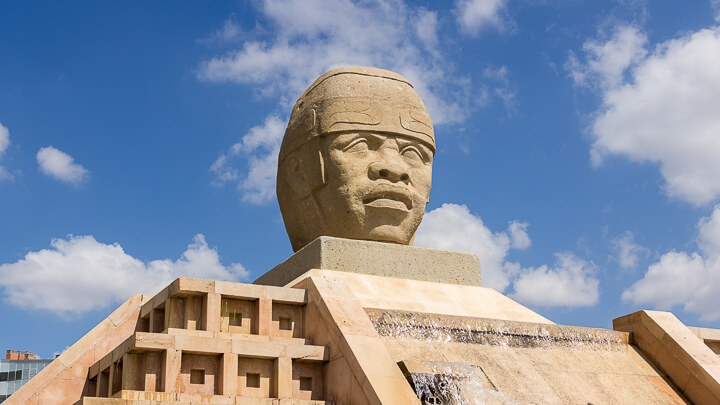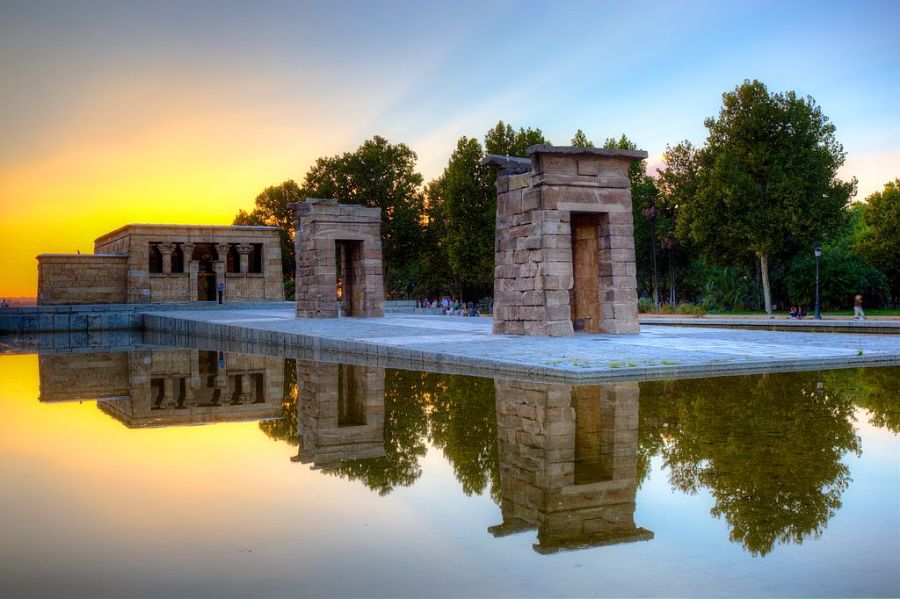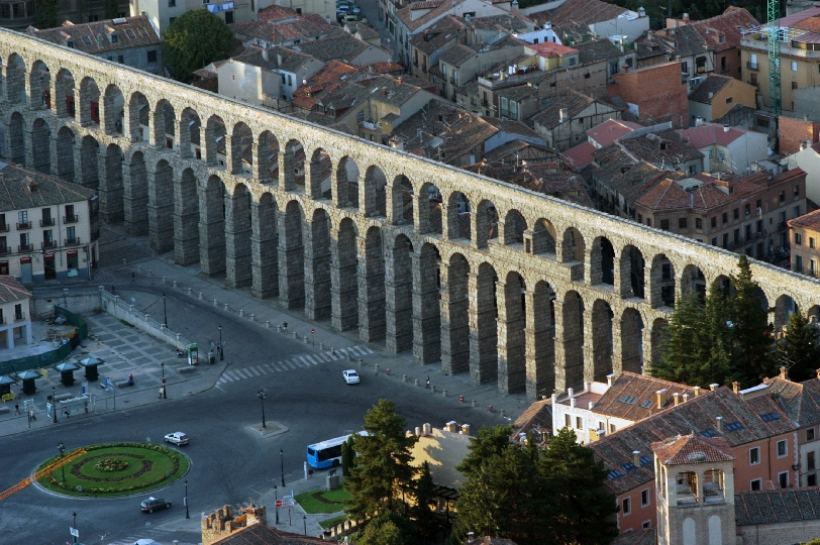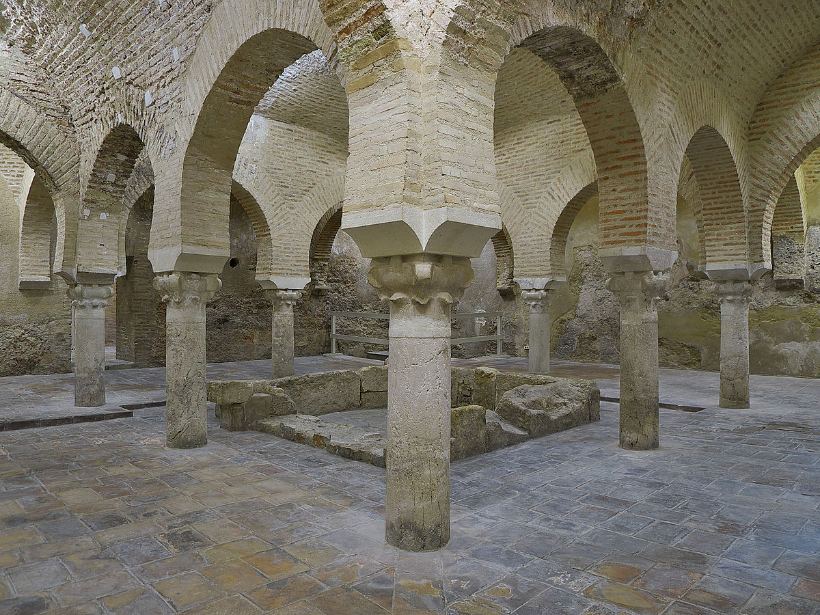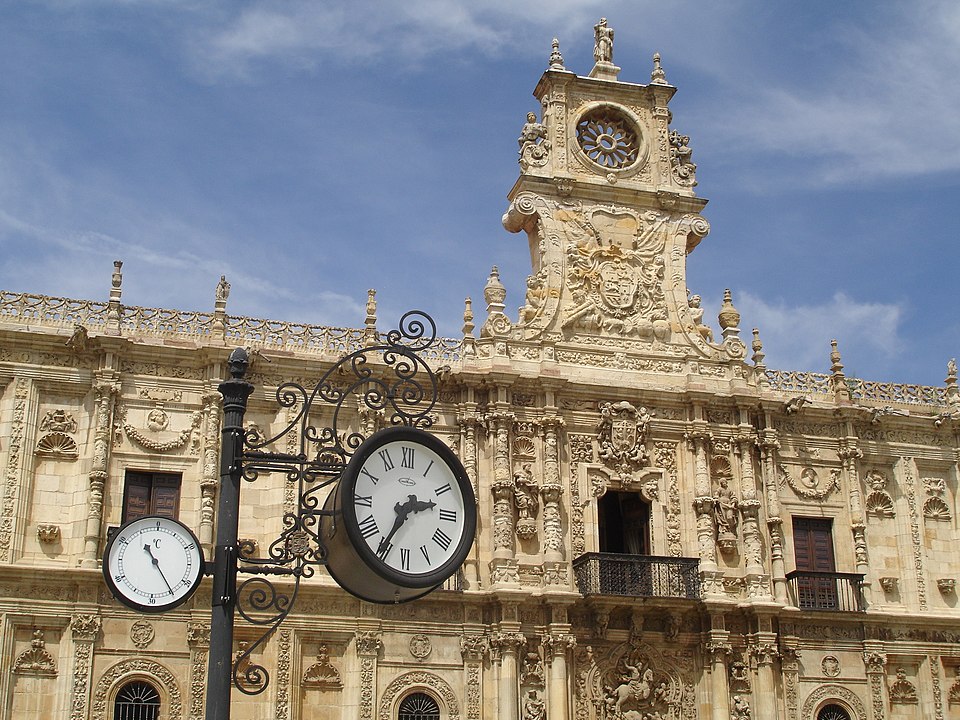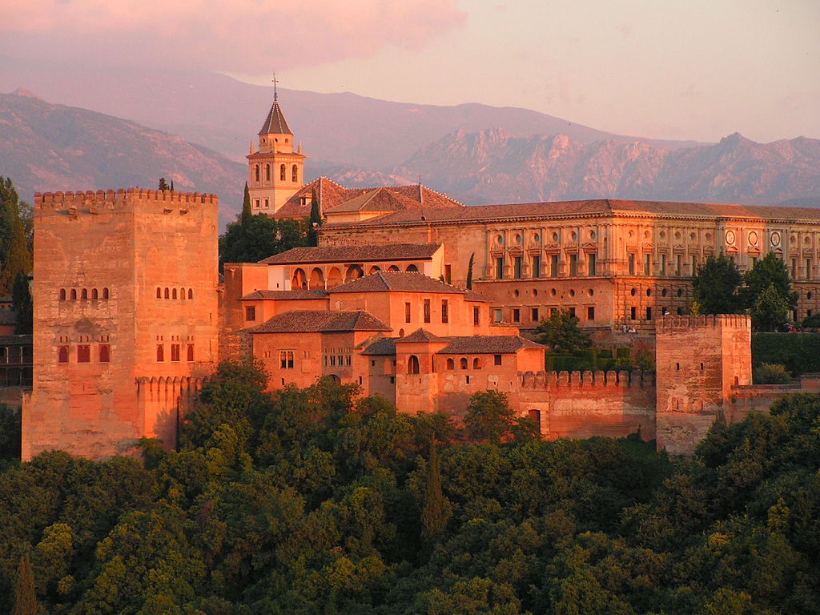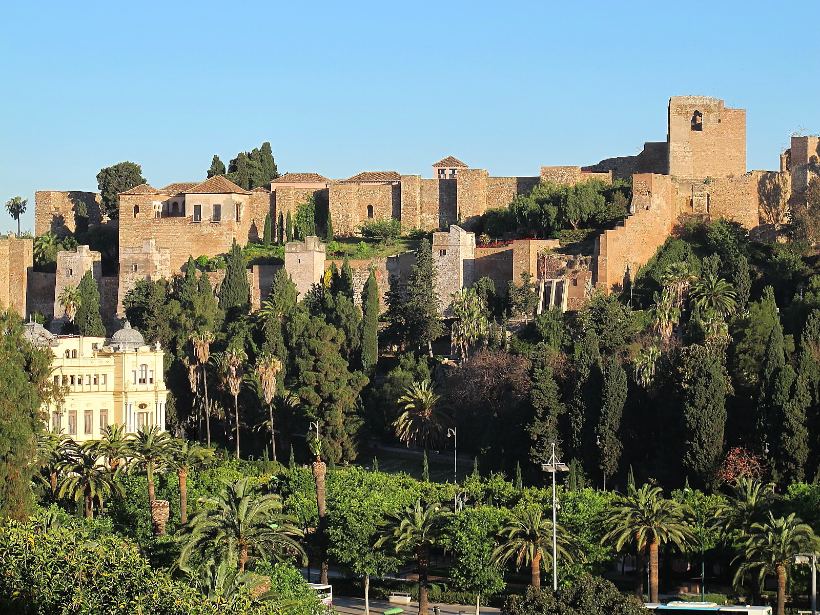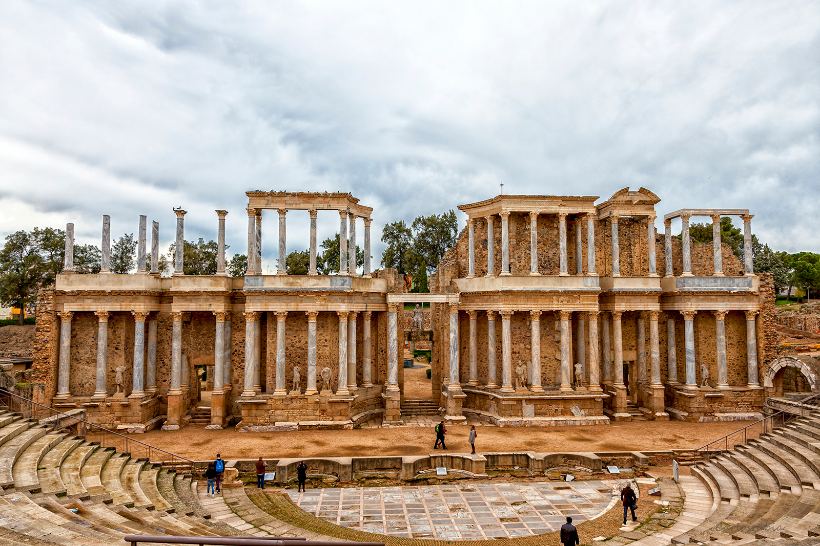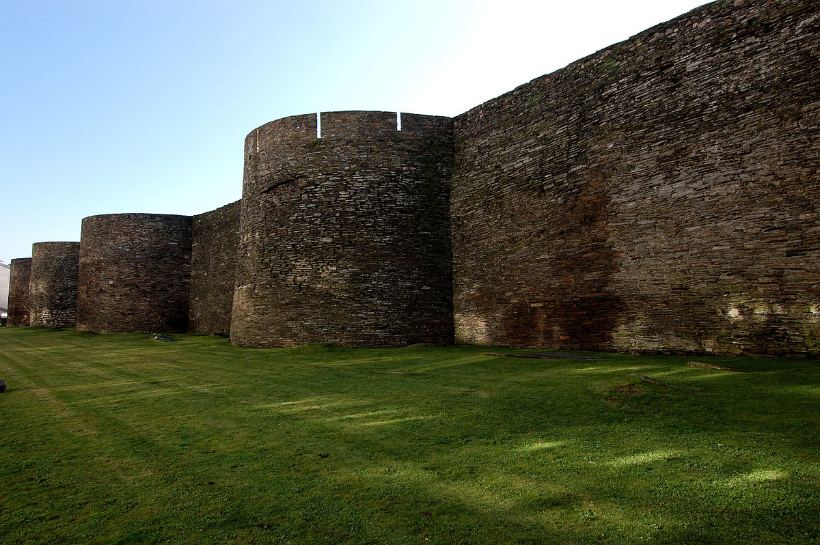Expiatory Temple of the Sagrada Família, a modernist Catholic basilica designed by Antoni Gaudí
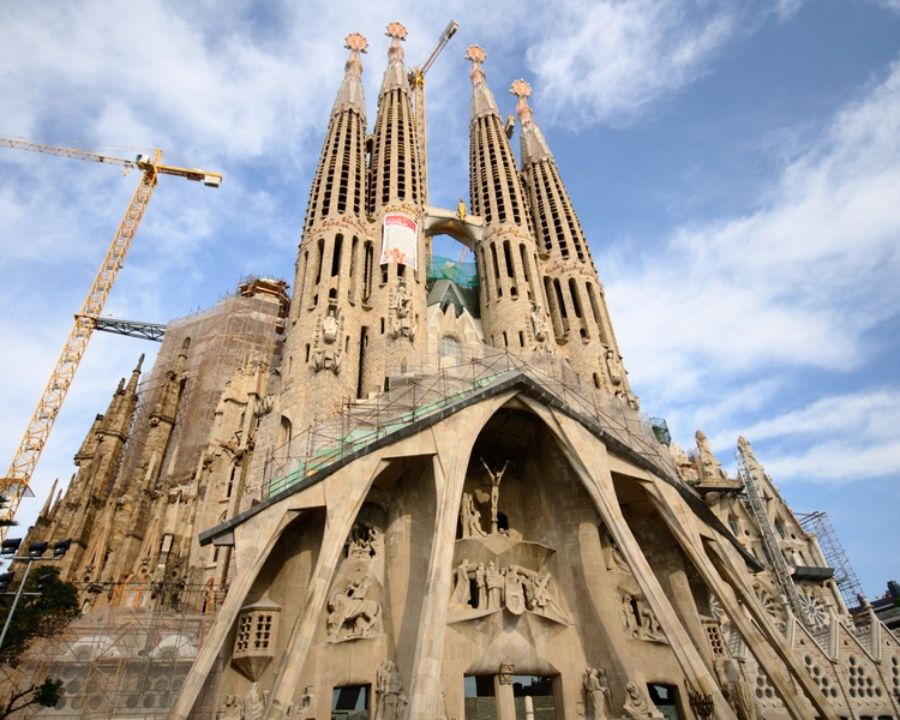
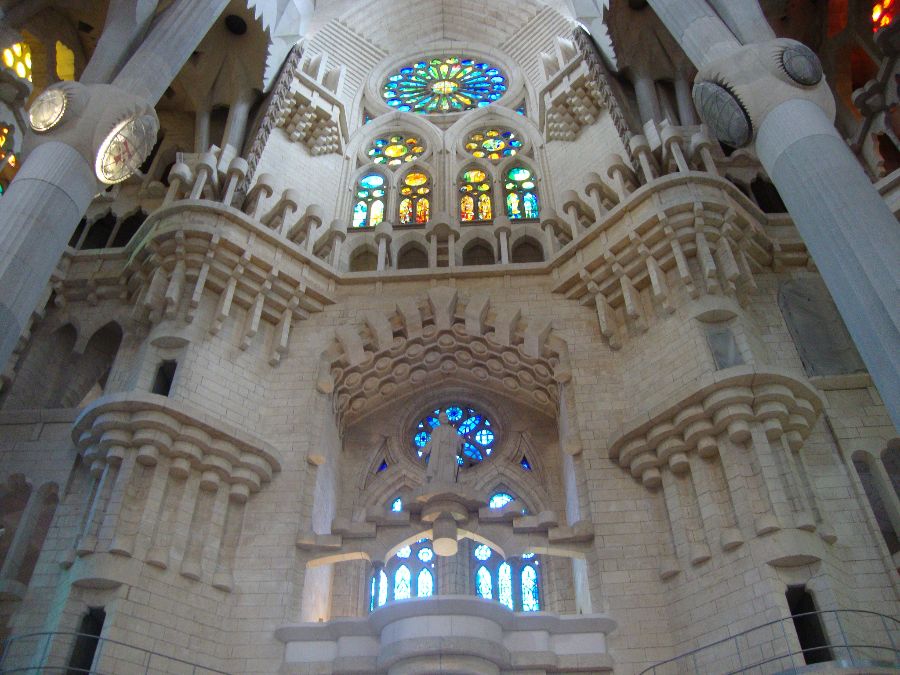
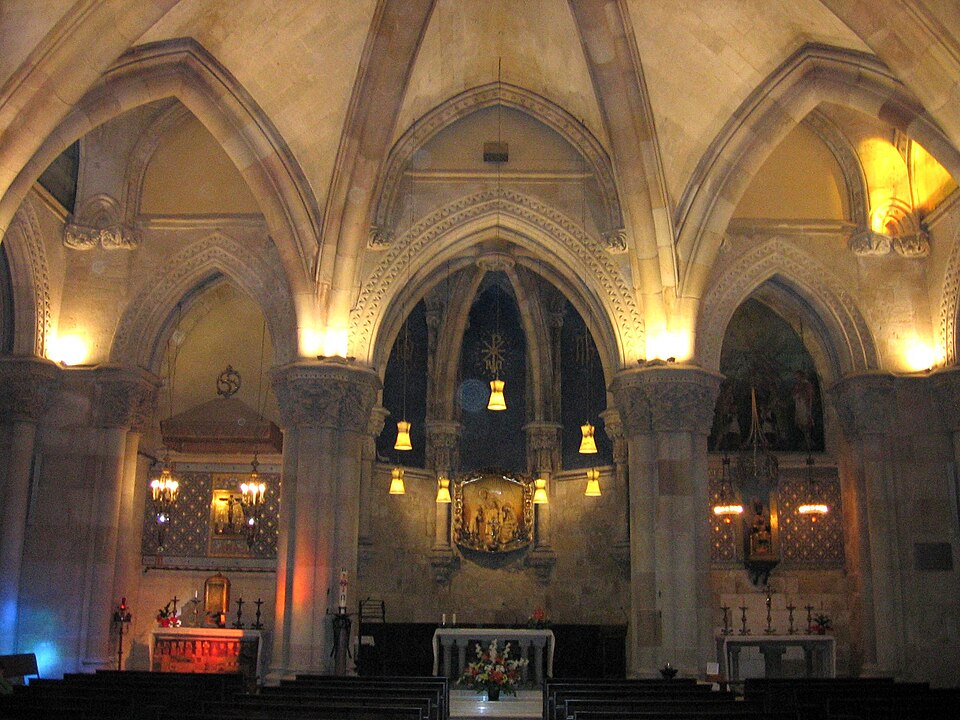
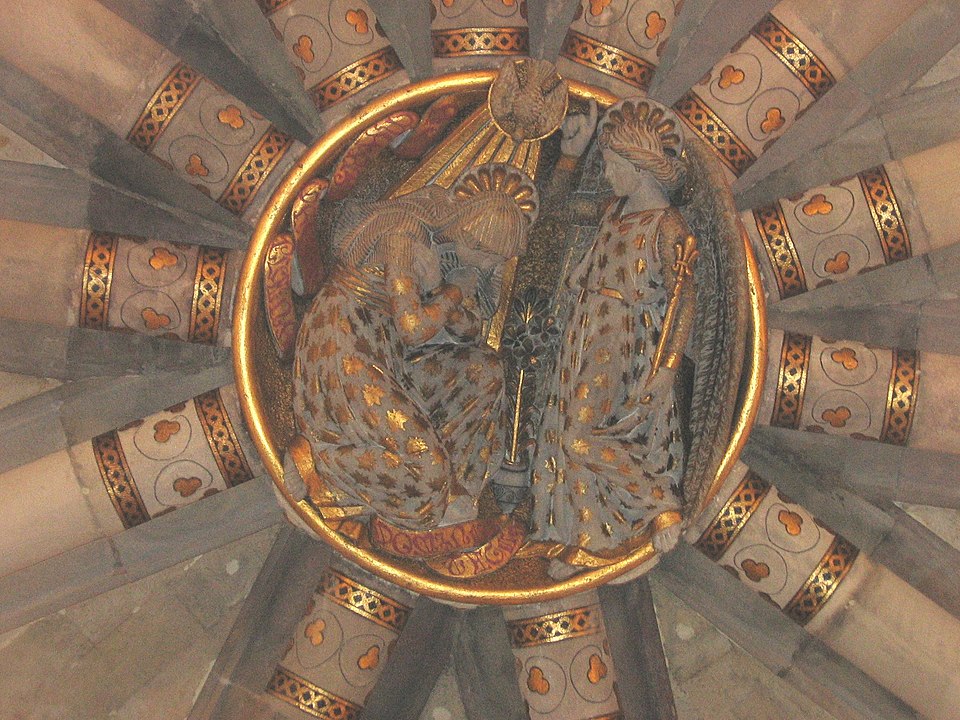
.jpg)
.jpg)
.jpg)
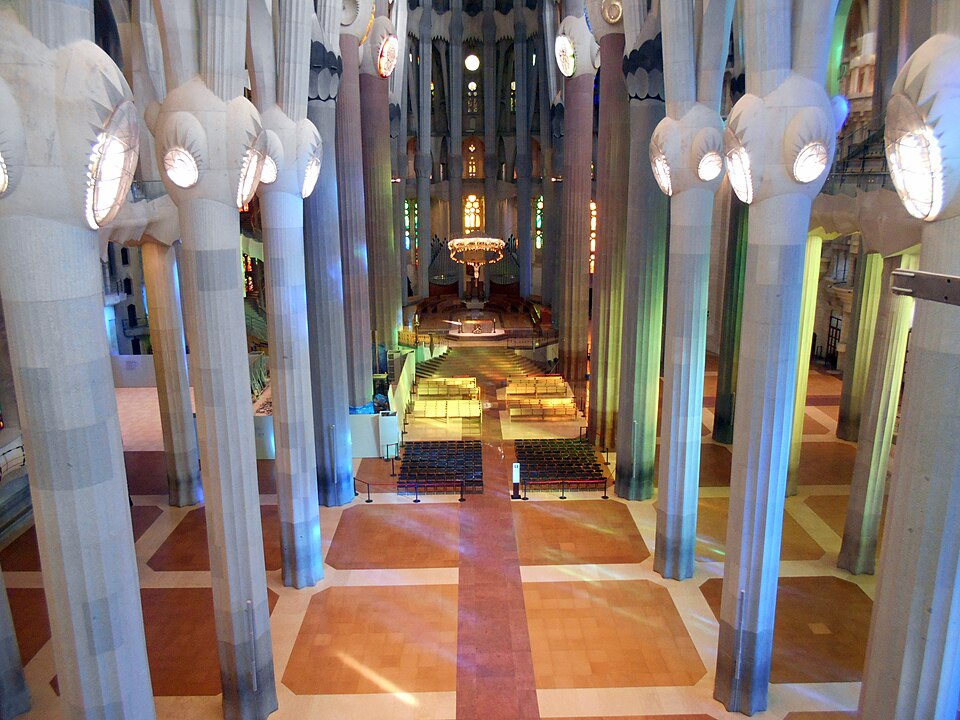
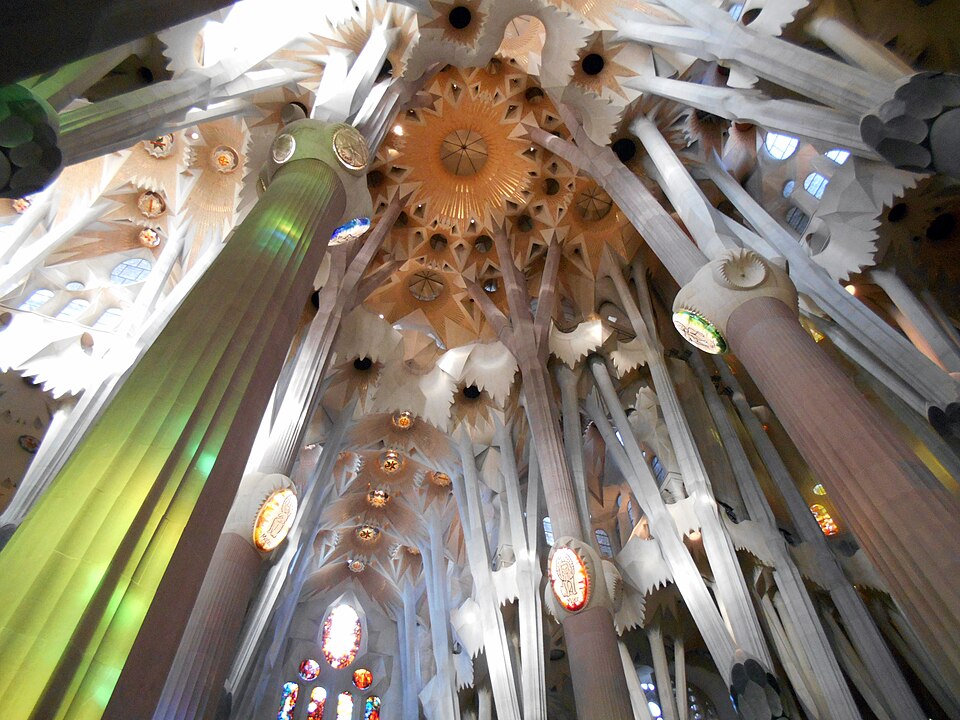
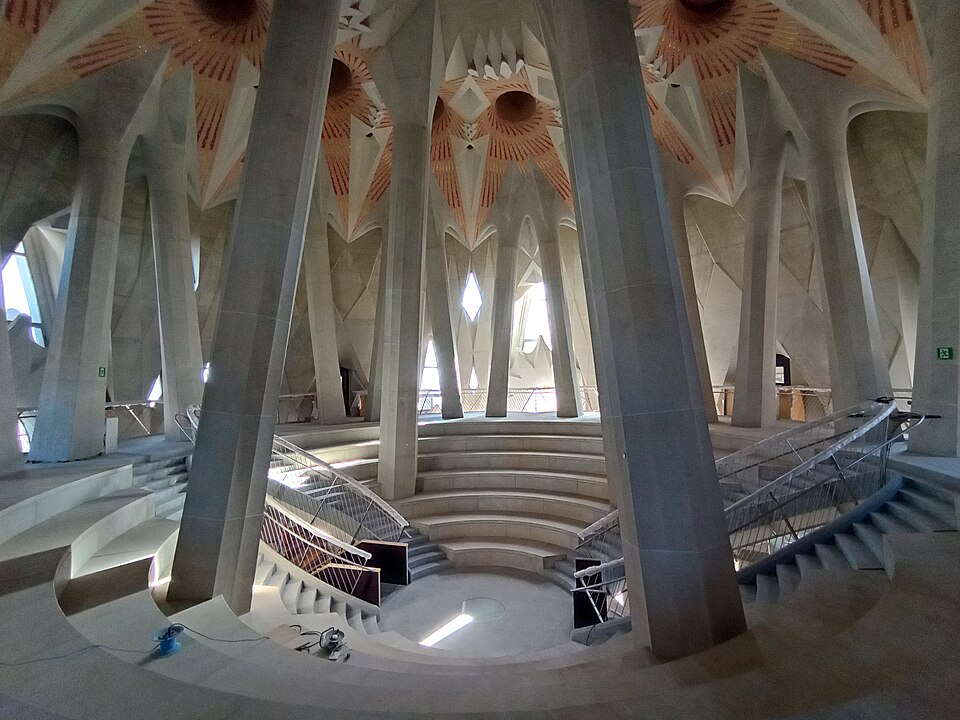
Actualizado el
The Expiatory Temple of the Sagrada Família is a modernist Catholic basilica designed by Antoni Gaudí, symbol of Barcelona and an unfinished masterpiece that fuses nature, geometry and faith into an architecture of tree-like columns, luminous stained glass and towers reaching toward the sky.
Where is the Sagrada Família?
Located in the Eixample district of Barcelona, on Carrer de Mallorca between Provença and Marina, it occupies a full city block in the heart of the city, surrounded by wide avenues and directly accessible by Metro lines 2 and 5 at the Sagrada Família station.
When and how was it built?
The first stone was laid on March 19, 1882 under the direction of Francisco de Paula del Villar. One year later Antoni Gaudí took over the project and made it his life’s work. Gaudí devoted the last 15 years of his life exclusively to the Sagrada Família until his death in 1926. Since then, construction has continued without interruption, funded by donations and visitor tickets, following Gaudí’s original plans and models.
Why is it such a significant monument?
- Architectural innovation: Gaudí applied biomorphic forms and unique structural systems inspired by nature, such as helicoidal columns and hyperboloid vaults.
- Symbolic meaning: every element—sculptures, façades and ornamentation—represents a biblical passage, from the Nativity to the Glory, integrating sacred art with religious narrative.
- World Heritage: several sections (the Nativity façade and crypt) were declared UNESCO World Heritage Sites in 2005, and work continues toward full nomination.
What can we see during the visit?
- Nativity Façade, profusely decorated with nature motifs and scenes from Christ’s childhood.
- Passion Façade, austere and angular lines evoking Christ’s suffering.
- Interior of the basilica, with branching columns like trees, luminous vaults and vibrant stained glass.
- Crypt and museum, exhibiting original plans, models, and Gaudí’s tomb.
- Towers of the Glory and the Virgin, accessible by elevator, offering panoramic views of Barcelona.
How is the visit organized?
The visit is ticketed and timed. It is recommended to purchase tickets online in advance. Options include a self-guided visit with audio guide, an official guided tour, and packages that include tower access (subject to age and safety restrictions).
Where to find information on hours and rates?
Consult the official website (sagradafamilia.org) for opening hours, ticket prices, reservations and access regulations.
What else to see nearby?
- Casa Milà (La Pedrera) and Casa Batlló, other Gaudí modernist gems on Passeig de Gràcia.
- Park Güell, a public park adorned with Gaudí’s mosaics and structures.
- Hospital de Sant Pau, a modernist complex by Lluís Domènech i Montaner and UNESCO World Heritage Site.
- Avinguda Gaudí, the boulevard linking the Sagrada Família with the Hospital de Sant Pau.
In short, the Temple of the Sagrada Família is a unique architectural and spiritual experience, an ongoing project that continues to grow with the city and the vision of its brilliant creator.
How to get there
Se encuentra en la Carrer de Mallorca, 401.
Decimal: 41.403889°, 2.174444°
DMS: 41°24'14" N, 2°10'28" E


